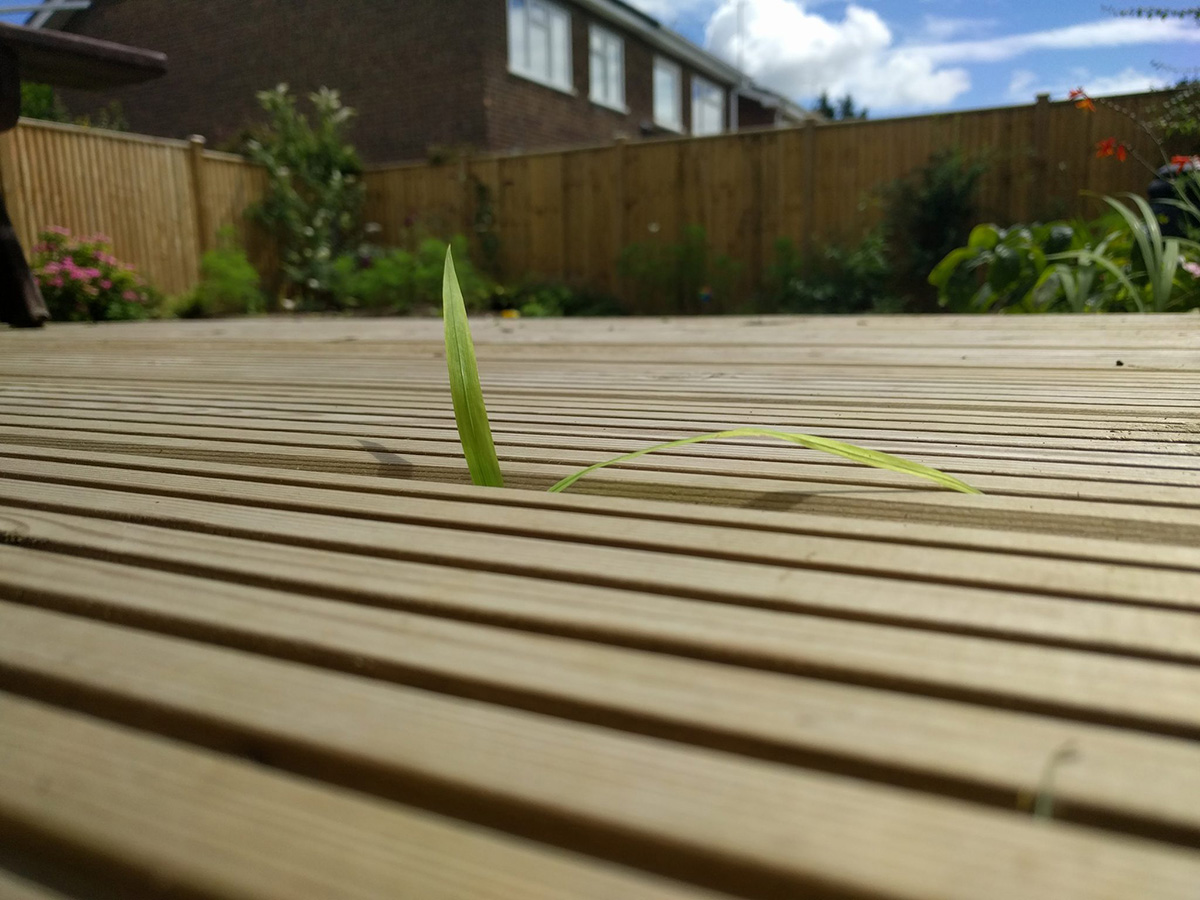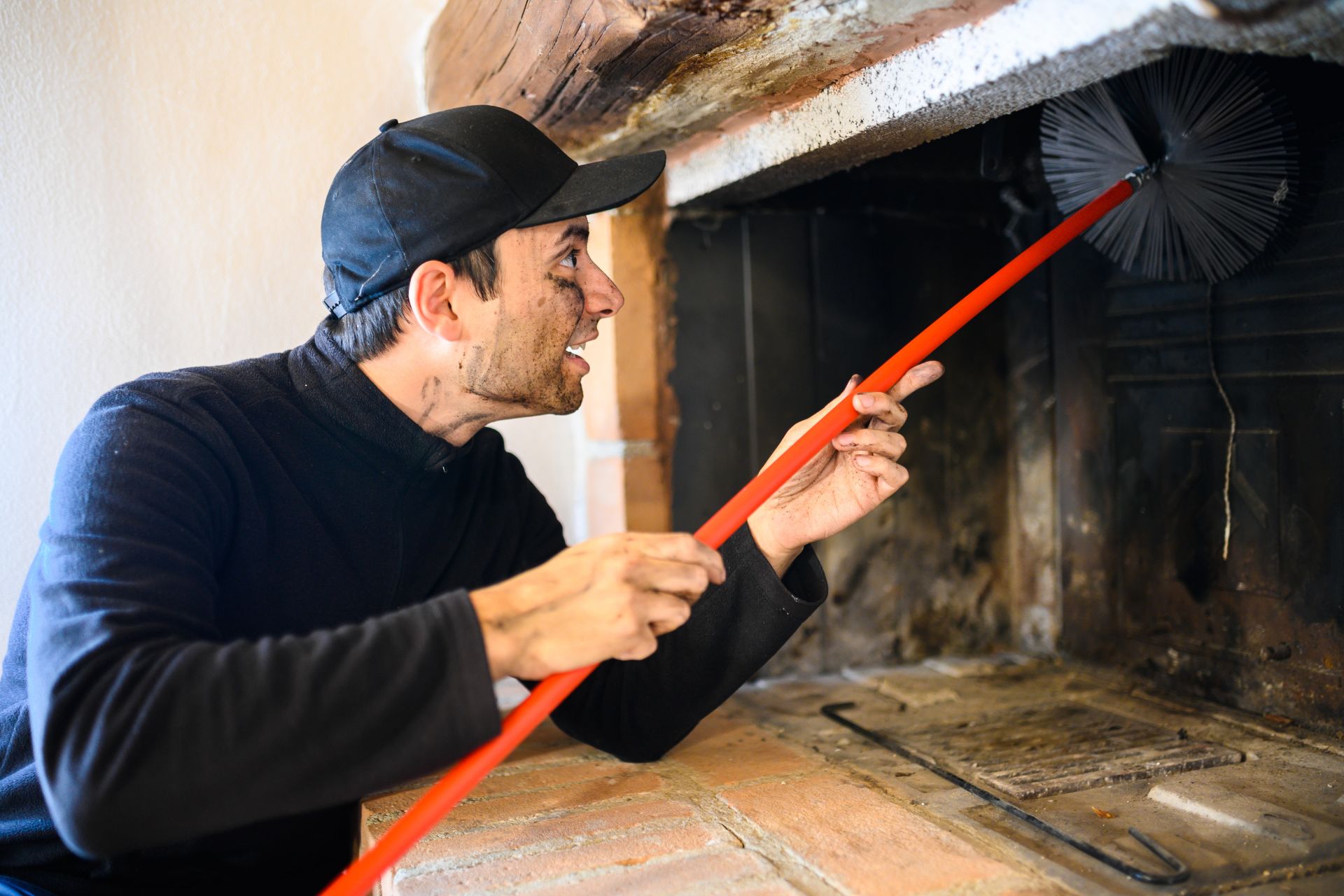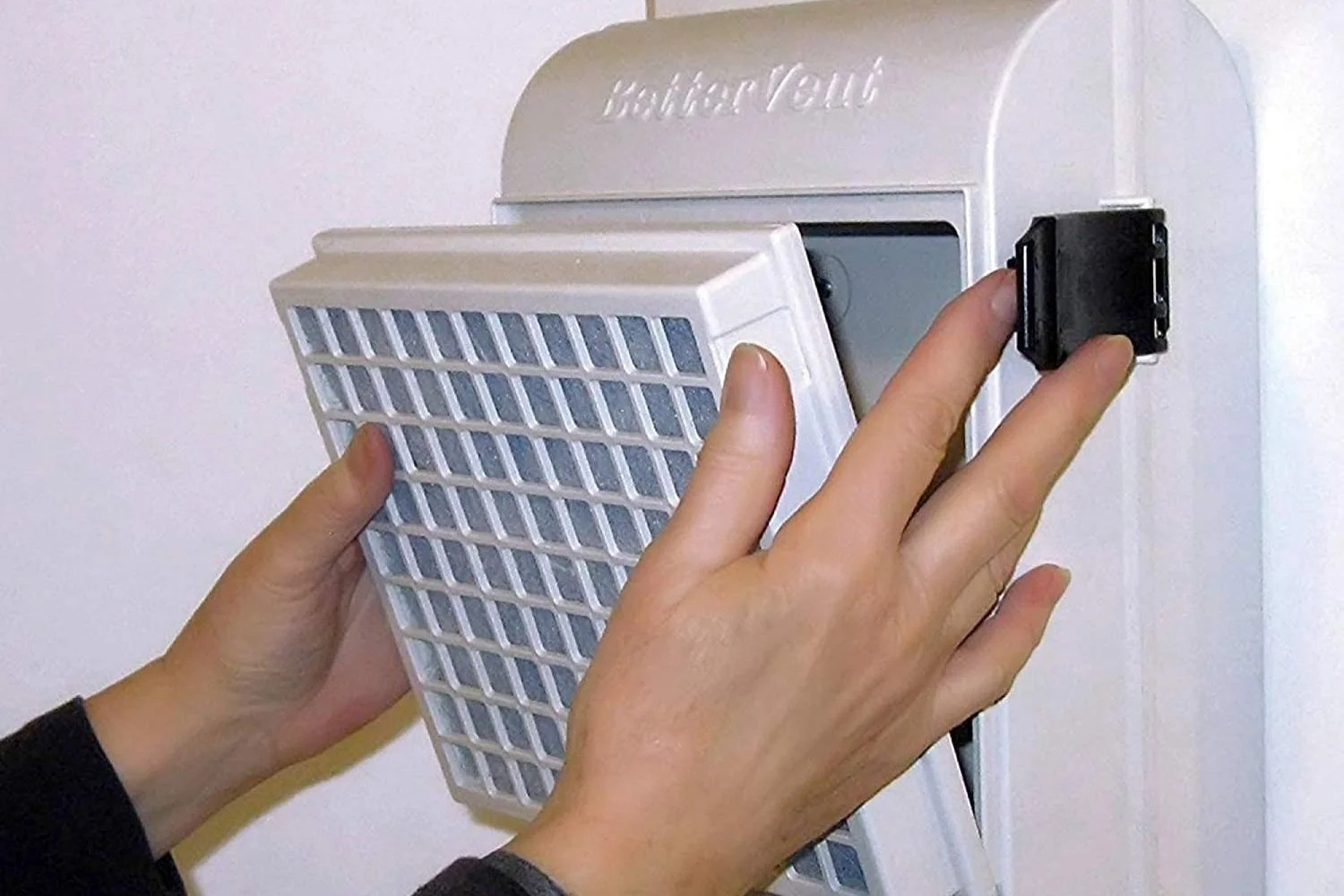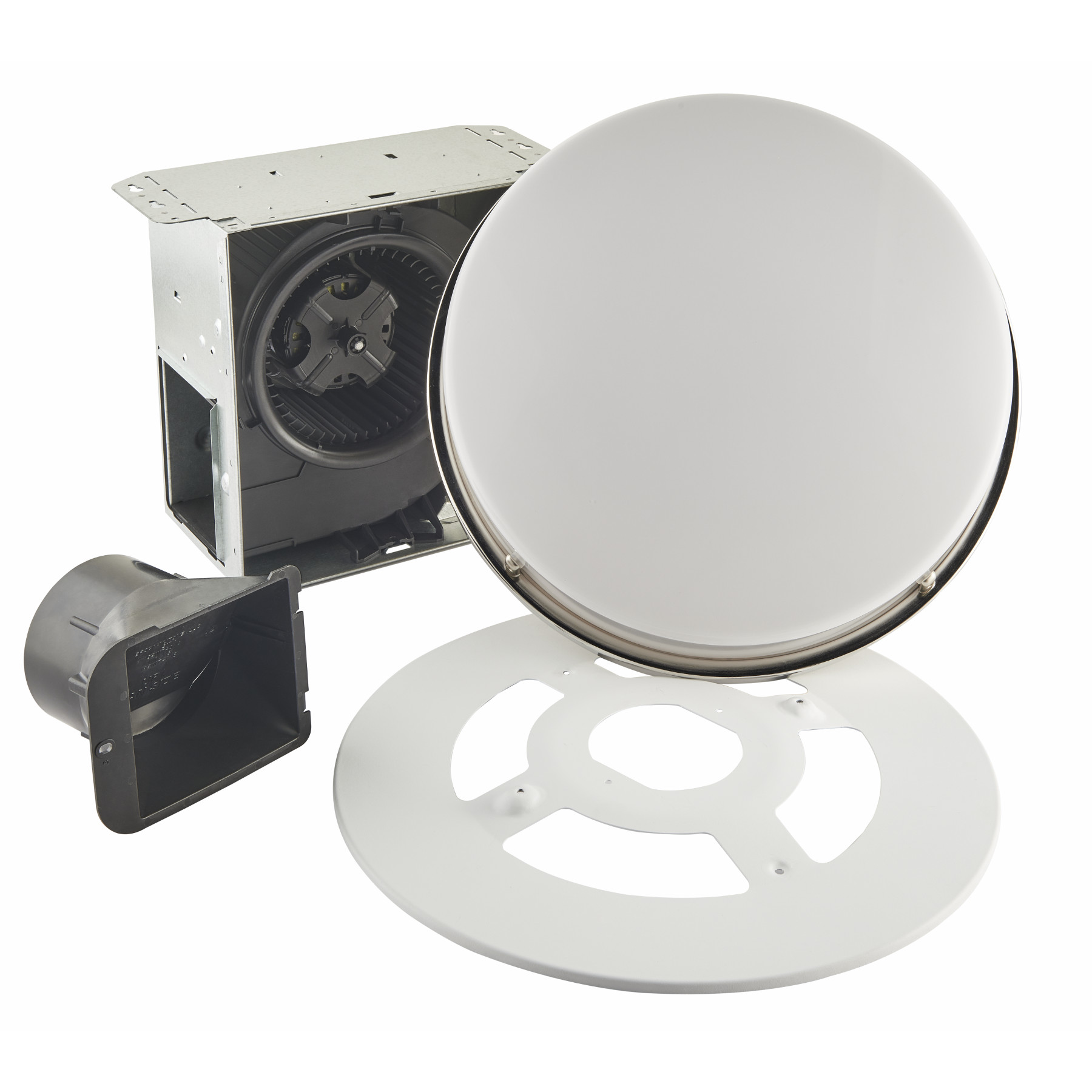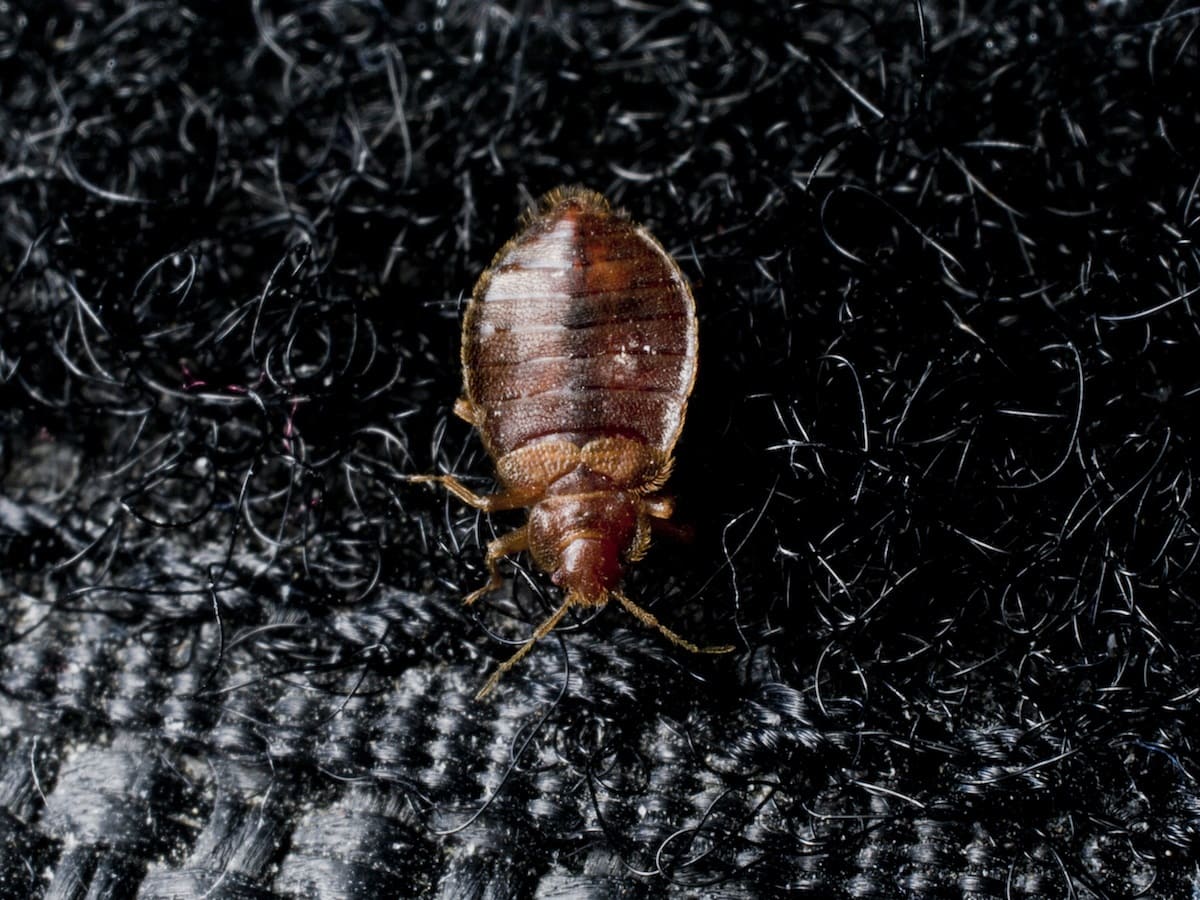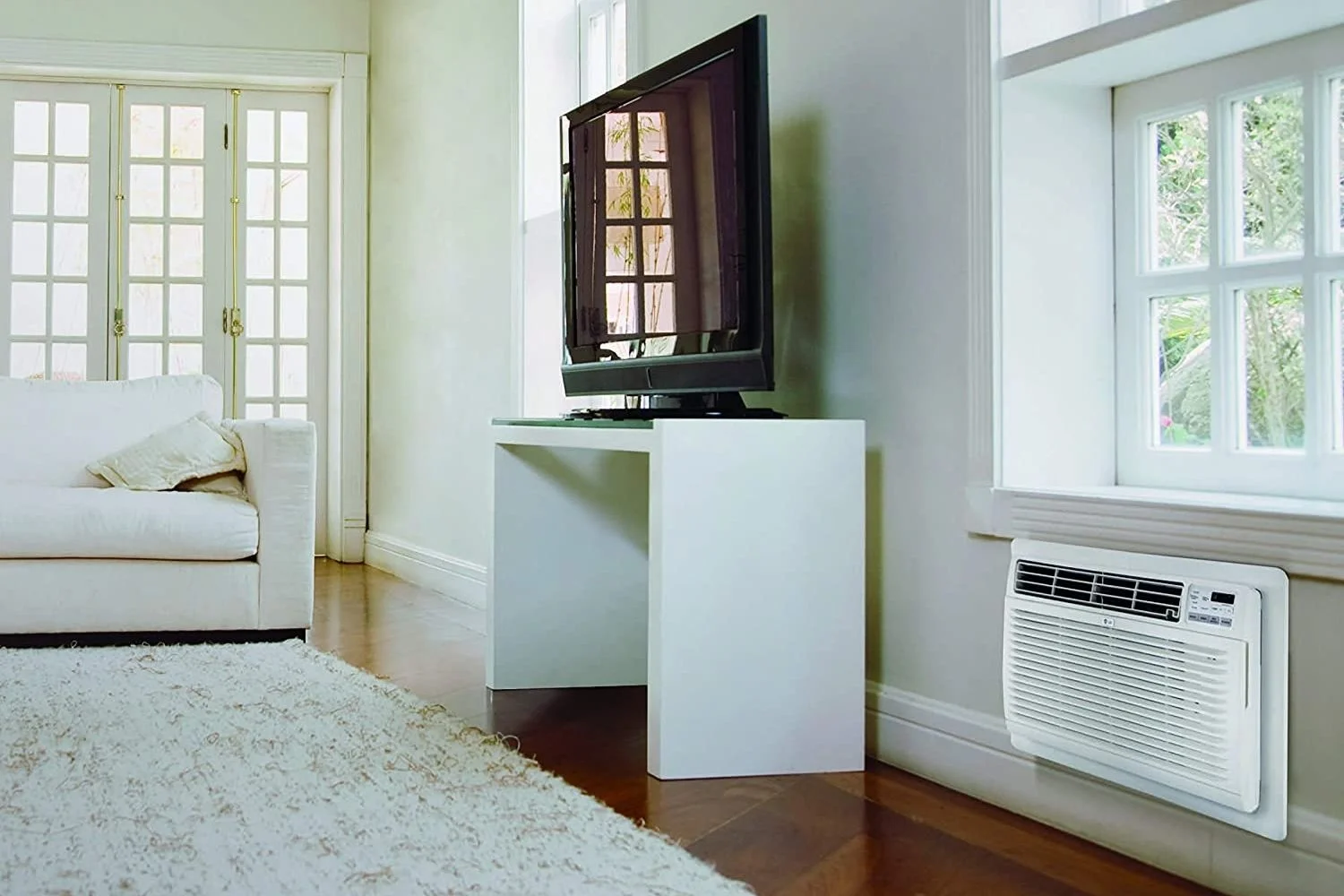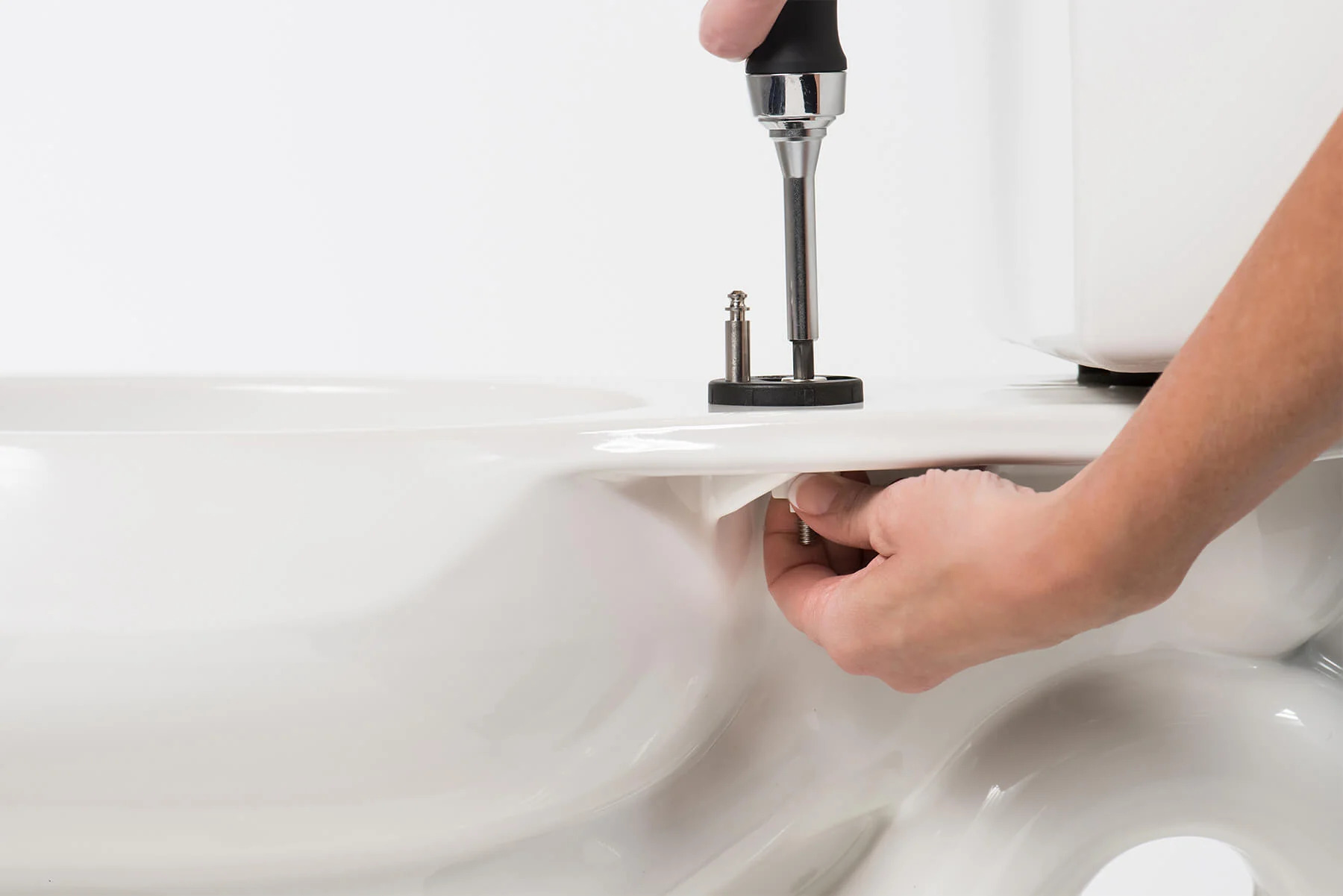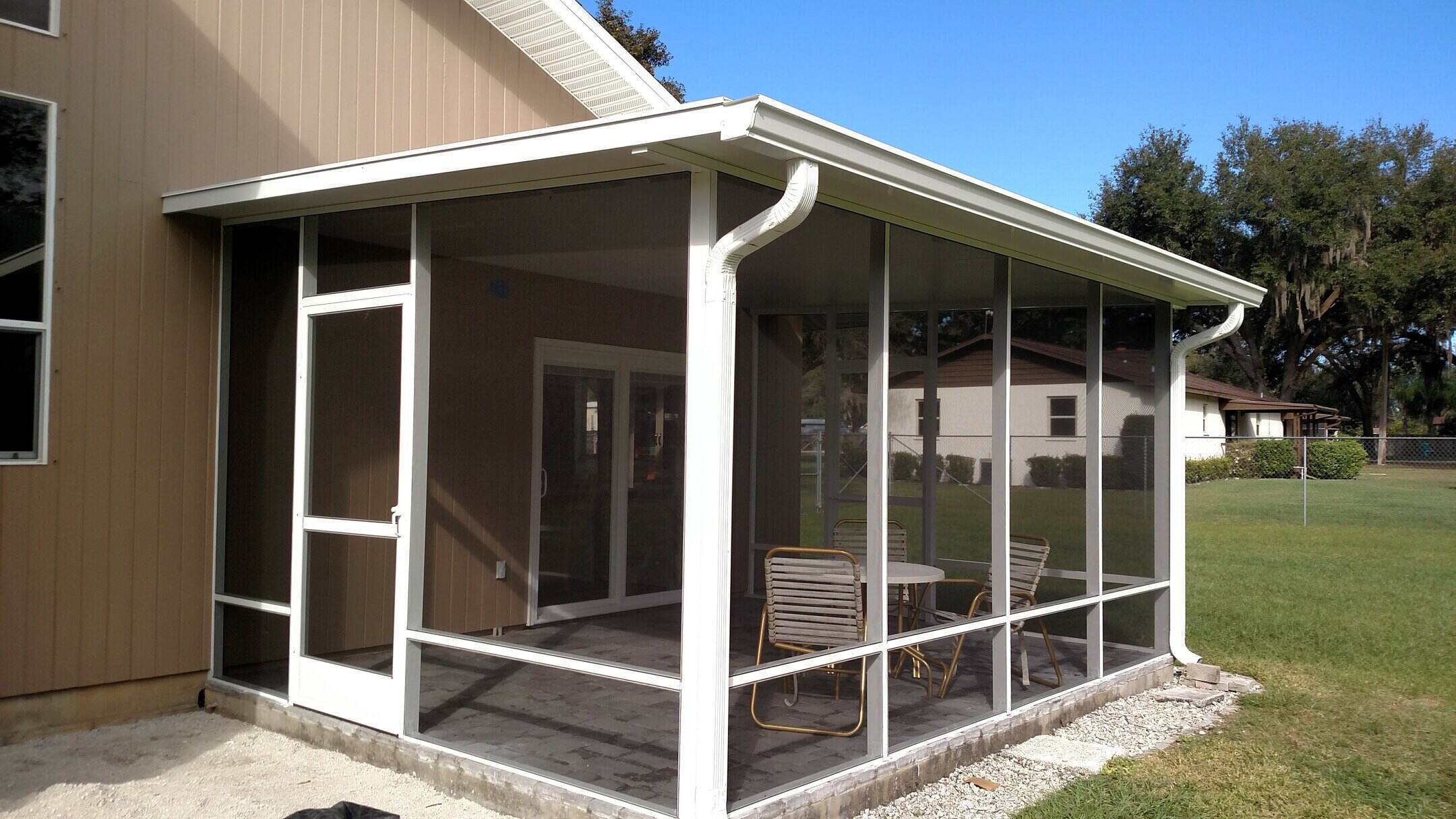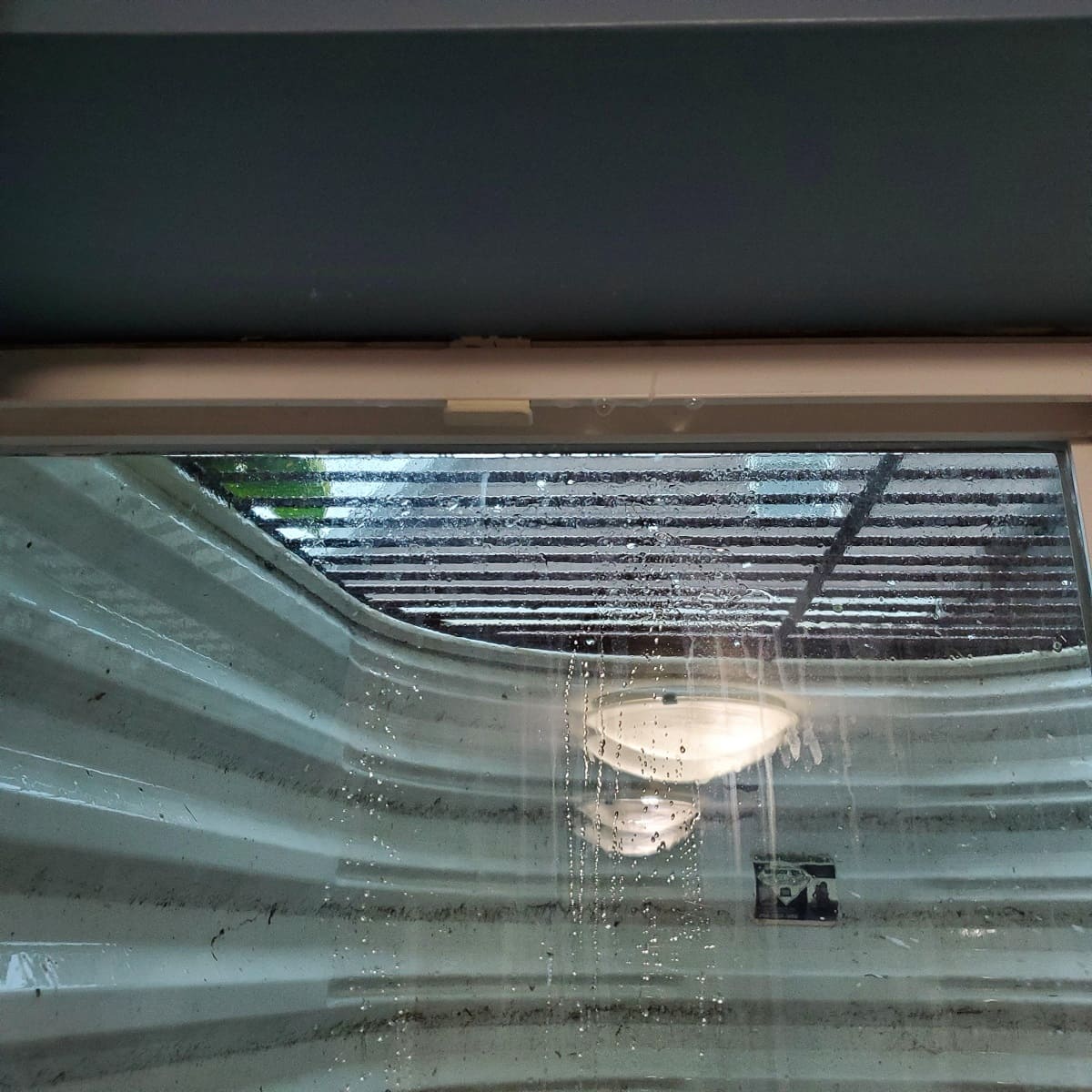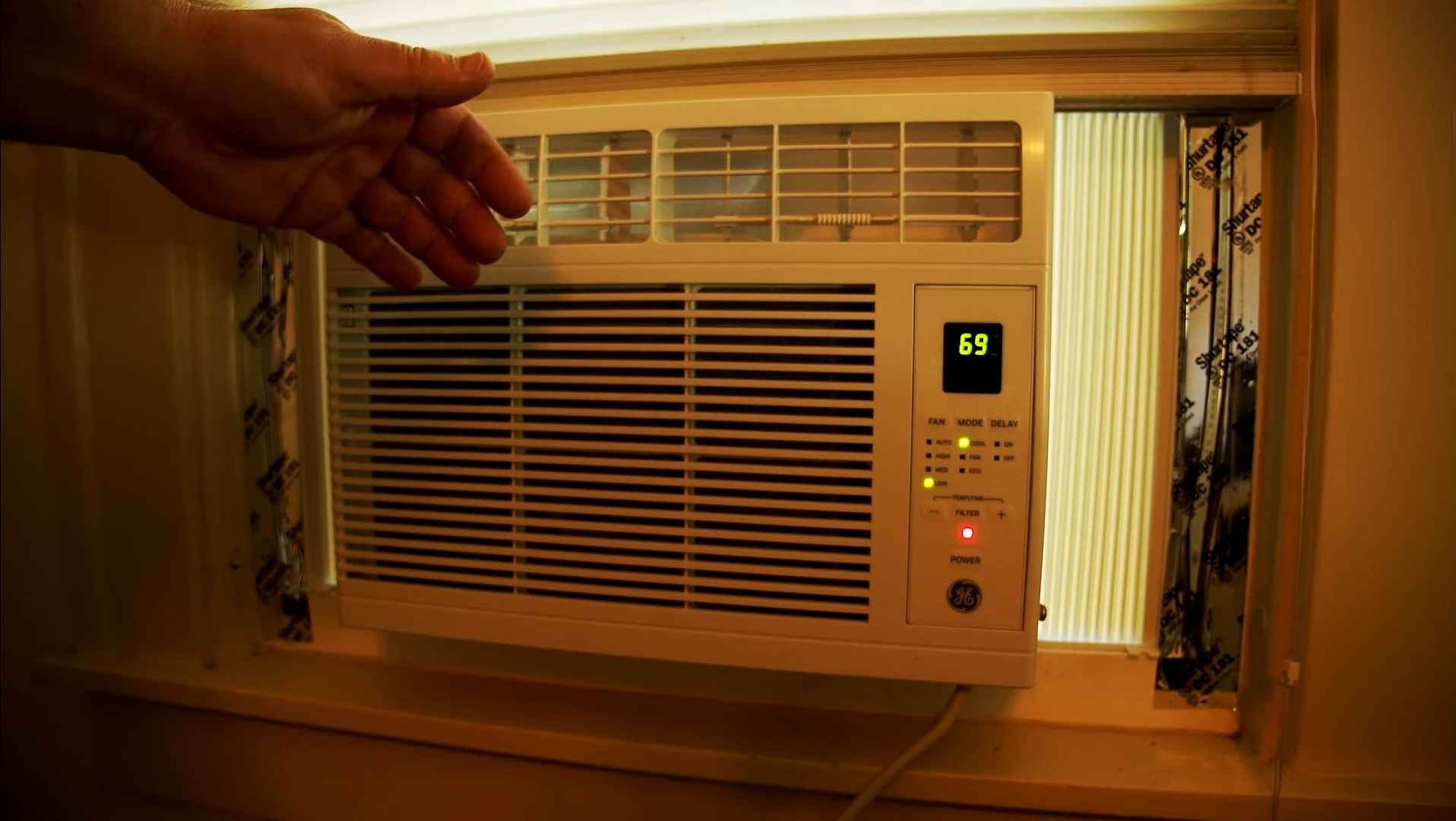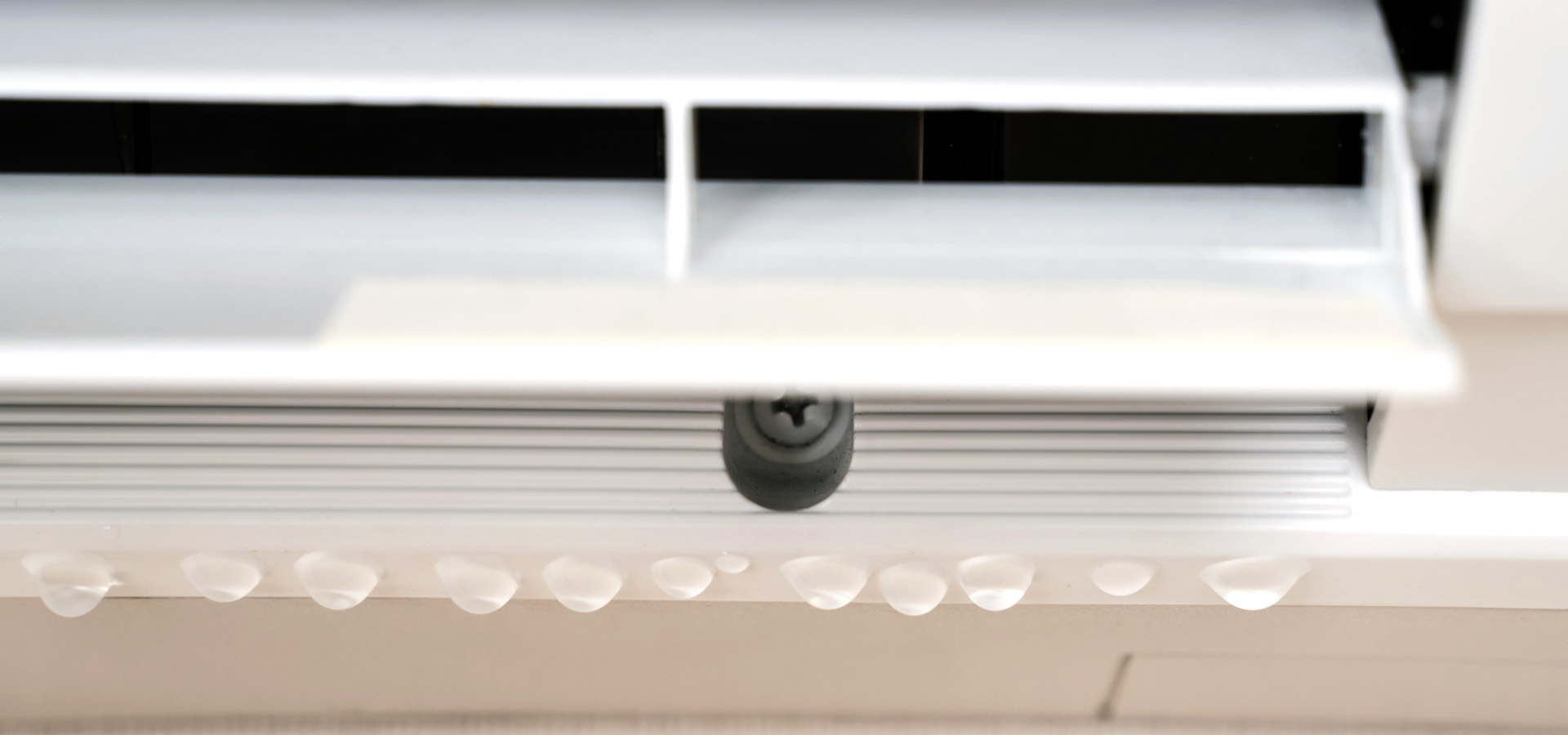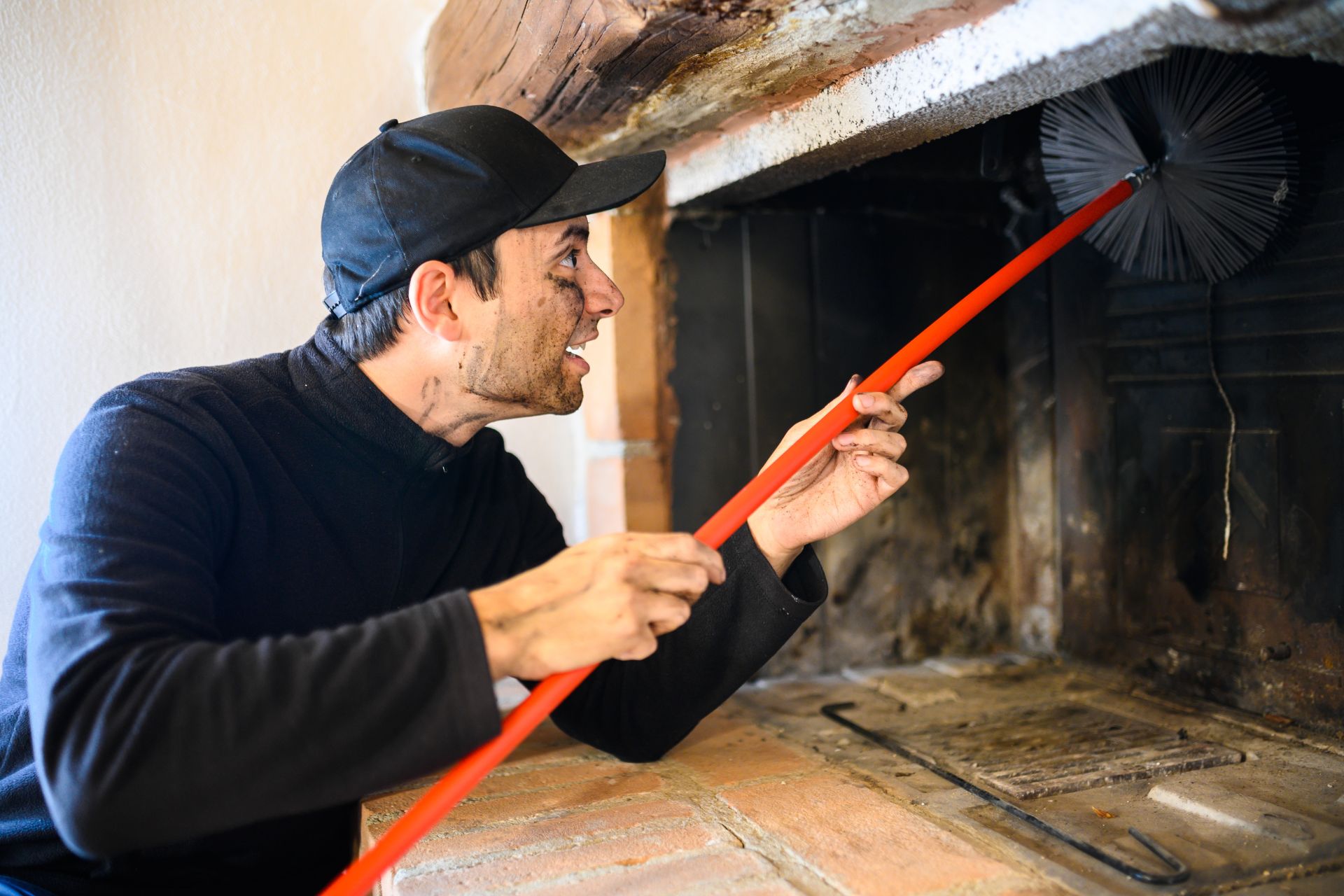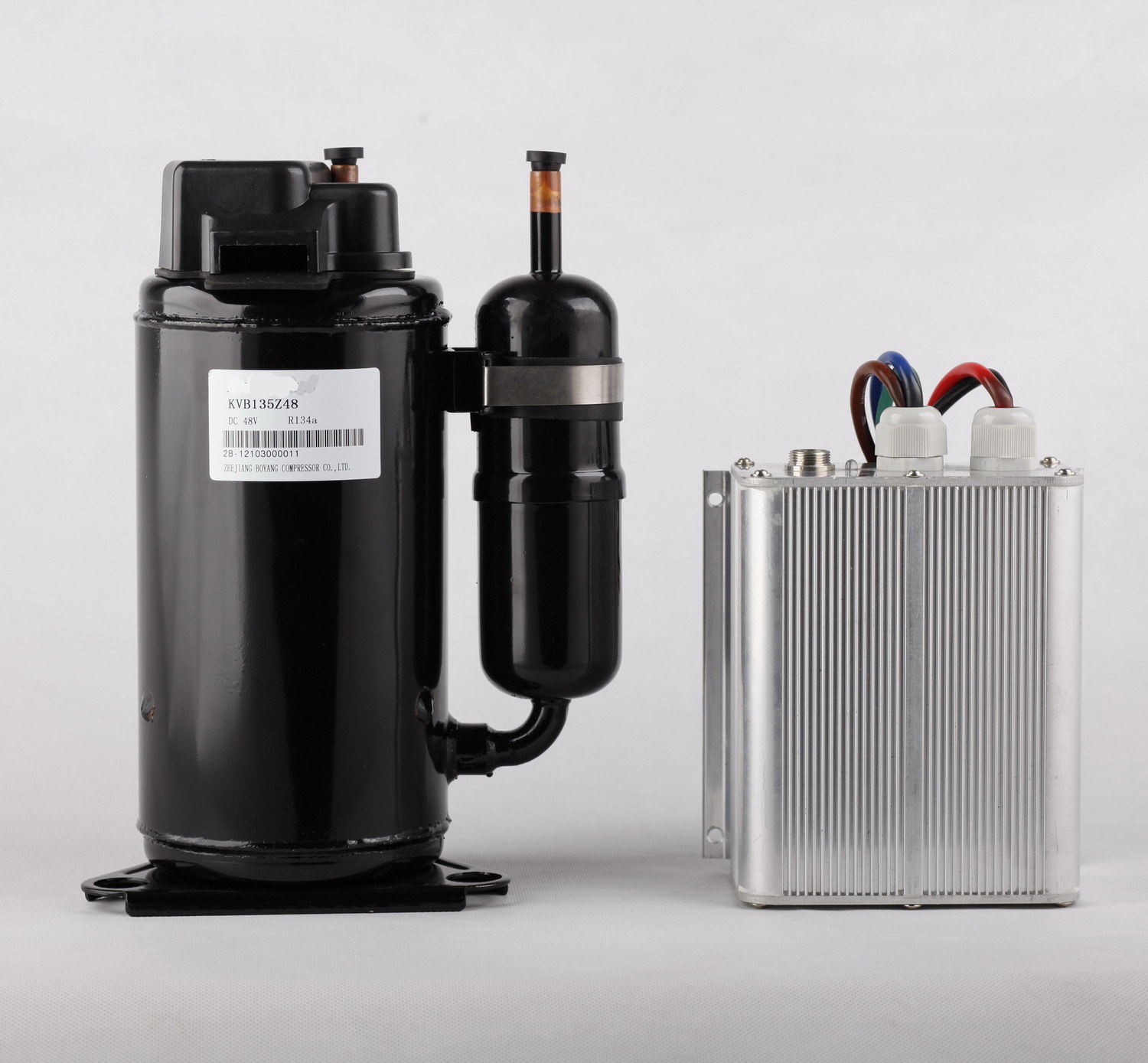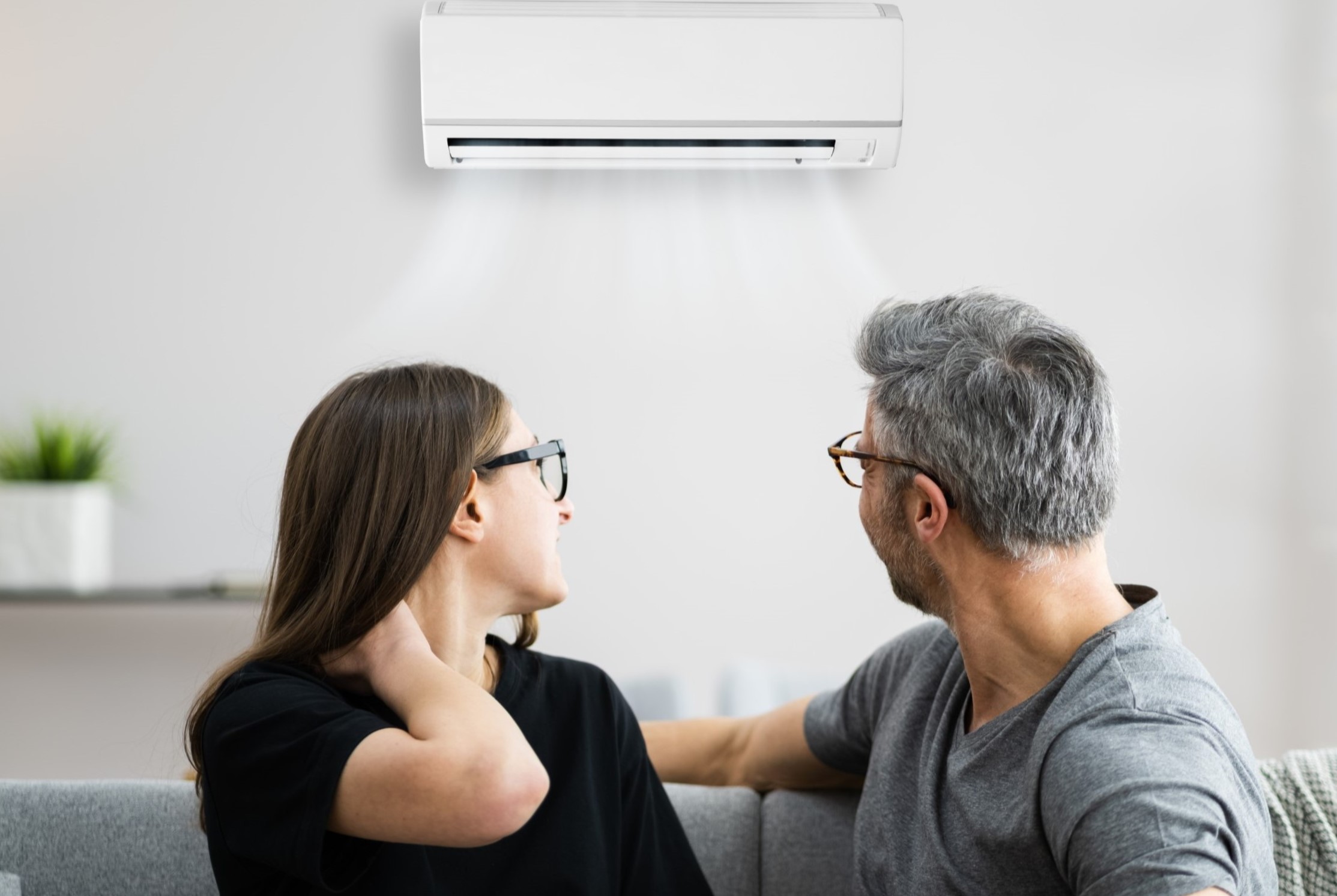Home>Home Maintenance>How To Stop Bugs From Coming Through An Air Conditioner
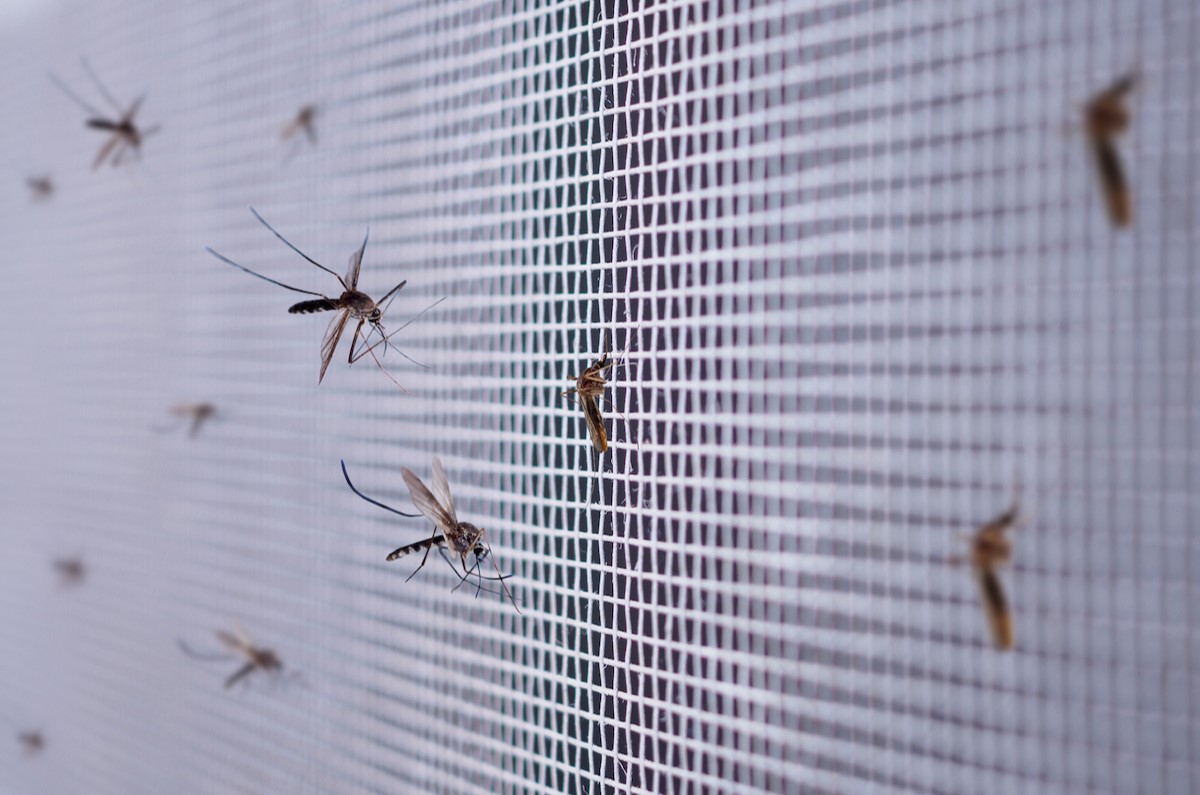

Home Maintenance
How To Stop Bugs From Coming Through An Air Conditioner
Modified: October 20, 2024
Learn effective home-maintenance strategies to prevent bugs from entering your space through an air conditioner. Keep your home bug-free with these helpful tips and tricks.
(Many of the links in this article redirect to a specific reviewed product. Your purchase of these products through affiliate links helps to generate commission for Storables.com, at no extra cost. Learn more)
Introduction
Welcome to our comprehensive guide on how to stop bugs from coming through an air conditioner. There’s nothing more frustrating than enjoying the comfort of your home only to be interrupted by pesky insects making their way through your air conditioning system. Not only can these bugs be a nuisance, but they can also pose health risks and cause damage to your HVAC system.
In this article, we will explore the various methods and techniques you can employ to effectively seal your air conditioning unit and prevent bugs from infiltrating your home. From sealing the unit itself to applying weatherstripping, installing screen mesh on air intake vents, using insect repellents, and regular cleaning and maintenance, we’ve got you covered.
So, let’s dive into the details and learn how to keep those bugs at bay!
Key Takeaways:
- Seal your air conditioner unit, apply weatherstripping to windows and doors, and install screen mesh on air intake vents to keep bugs out and maintain a comfortable, bug-free home.
- Use insect repellents, natural remedies, and regular cleaning and maintenance to further enhance bug prevention efforts and ensure the efficient functioning of your air conditioning system.
Understanding the Source of Bugs
Before we can effectively combat bugs coming through an air conditioner, it’s crucial to understand where these pests are coming from. Bugs can enter your home through various pathways, such as cracks, gaps, and openings in your air conditioning system, as well as through windows, doors, and vents.
One common entry point for bugs is the air conditioning unit itself. Over time, the seals around the unit can deteriorate, allowing bugs to crawl in. Additionally, bugs can be attracted to the warm and moist environment created by the air conditioner, making it an appealing place for them to reside.
Another common avenue for bugs to enter your home is through windows and doors. Even the smallest gaps or cracks can provide an entryway for insects. They can also find their way through damaged or missing weatherstripping.
Lastly, bugs can infiltrate your home through air intake vents. These vents are designed to allow fresh air into your home, but they can also inadvertently provide an entry point for bugs if they are not properly screened.
By understanding the potential sources of bug intrusion, you can better assess and address the problem. Now that we have a clear picture of where bugs are coming from, let’s move on to sealing the air conditioner unit to prevent their entry.
Sealing the Air Conditioner Unit
One of the first steps in preventing bugs from coming through an air conditioner is to properly seal the unit itself. This involves inspecting and repairing any cracks, gaps, or openings that bugs could use as entry points.
Start by examining the exterior of the air conditioning unit. Look for any visible cracks or gaps in the casing. Using a silicone-based sealant, carefully fill in these openings to create a tight seal. Pay close attention to areas where pipes, wires, or cables enter the unit, as bugs may try to wiggle through these spaces.
Next, move to the interior of the air conditioner unit. Remove the front panel and inspect the area where the unit connects to the wall or window. Ensure that there are no gaps present and use weatherstripping or foam tape to create a tight seal.
If you notice any damaged or deteriorated insulation around the refrigerant lines, replace it with foam insulation sleeves. Not only will this help in sealing the unit, but it will also improve the energy efficiency of your air conditioner.
Additionally, consider installing a bug screen or mesh over the air conditioner vents. This will act as an extra barrier, preventing insects from entering the unit while still allowing airflow.
By sealing the air conditioner unit effectively, you can significantly reduce the chances of bugs finding their way into your home.
Applying Weatherstripping to Windows and Doors
Windows and doors can often be vulnerable entry points for bugs if they are not adequately sealed. Applying weatherstripping is an effective way to block any gaps and create a barrier against insects.
Start by thoroughly inspecting the perimeter of your windows and doors. Look for any visible gaps or cracks. Common areas to check include the space around the frame, the bottom of the door, and the edges where the window or door meets the wall.
There are various types of weatherstripping available, such as adhesive-backed foam tape, V-strip weatherstripping, and door sweeps. Choose the type that is suitable for your specific needs.
To apply weatherstripping, clean the surfaces where it will be installed to ensure good adhesion. Measure and cut the weatherstripping to fit the length of the gaps. Peel off the backing if using adhesive-backed tape, and carefully press the weatherstripping onto the appropriate areas.
For windows, apply weatherstripping along the sides and top of the frame, ensuring a snug fit when the window is closed. If there is a prominent gap at the bottom of the window, consider installing a door sweep or brush weatherstripping to block the opening.
For doors, apply weatherstripping along the sides and top of the frame, as well as along the bottom of the door. Make sure the weatherstripping is compressed when the door is closed to create a proper seal.
Regularly inspect the weatherstripping and replace it if necessary. Over time, it can wear out or become loose, compromising its effectiveness. By maintaining properly sealed windows and doors, you can effectively reduce the chances of bugs entering your home.
To stop bugs from coming through an air conditioner, use a fine mesh screen to cover the air intake vents. This will prevent insects from entering while still allowing air to flow through.
Installing Screen Mesh on Air Intake Vents
Air intake vents are designed to allow fresh air into your home, but they can also inadvertently provide an entry point for bugs if they are not properly secured. Installing screen mesh over the air intake vents is an effective way to prevent insects from entering your home through this pathway.
Start by identifying all the air intake vents in your home. These vents are typically located on the exterior walls or near the ground. Common areas include the kitchen, bathroom, and laundry room.
Measure the size of each vent and purchase screen mesh that matches these dimensions. Opt for a mesh with a small enough aperture to keep out even the tiniest bugs.
Carefully remove the vent cover and clean any debris or dust that may have accumulated. Trim the screen mesh to fit the size of the vent, leaving a slight overlap around the edges.
Secure the screen mesh onto the vent cover using a strong adhesive or small screws. Ensure that the mesh is tightly stretched across the opening and there are no gaps for bugs to wiggle through.
Once the screen mesh is securely in place, reattach the vent cover to its original position. Double-check that it is firmly secured and that there are no gaps between the cover and the vent.
Repeat the process for all the air intake vents in your home, ensuring that each one is properly screened.
Regularly inspect the screen mesh to ensure it is clean and free from tears or damage. Clean any debris that may accumulate on the mesh to maintain its effectiveness.
By installing screen mesh on air intake vents, you can create a barrier against bugs, preventing them from entering your home through this pathway.
Using Insect Repellent and Natural Remedies
In addition to sealing your air conditioning unit and blocking potential entryways, you can further enhance your bug prevention efforts by using insect repellent and natural remedies.
One effective method is to use insect repellent sprays or lotions on your body and clothing. These products contain ingredients like DEET or picaridin that repel bugs, making them less likely to land on you and enter your home.
When applying insect repellent, follow the instructions on the label and avoid applying it to open wounds or near the eyes. Remember to reapply as directed, especially if you’re spending extended periods outdoors.
Another natural alternative to consider is essential oils. Certain essential oils, such as citronella, lavender, lemongrass, and peppermint, are known for their bug-repelling properties. You can create a homemade repellent by diluting these essential oils with a carrier oil, such as coconut oil, and applying it to your skin or clothing.
Placing citronella candles or torches around your outdoor living spaces can also help repel bugs. The strong scent will deter insects from entering the area.
Furthermore, consider growing insect-repellent plants near windows, doors, and outdoor sitting areas. Plants like basil, marigold, lavender, and rosemary naturally emit scents that bugs dislike, acting as a natural deterrent.
While insect repellents and natural remedies can be effective, they should be used in conjunction with other bug prevention methods for optimal results. Remember to reapply repellents as needed and refresh or replace natural remedies regularly.
By utilizing insect repellent and natural remedies, you can further minimize the chances of bugs making their way into your home through your air conditioning system.
Regular Cleaning and Maintenance
Regular cleaning and maintenance are essential for keeping bugs at bay and ensuring your air conditioning system functions optimally. By implementing a cleaning routine, you can eliminate potential habitats and breeding grounds for insects, as well as identify any issues that may need attention.
Start by regularly cleaning your air conditioning filters. These filters collect dust, dirt, and other particles that can attract bugs. Follow the manufacturer’s instructions to remove and clean the filters, or replace them if they are disposable. This will not only improve the air quality in your home but also prevent bugs from being drawn to the area.
In addition to the filters, clean the air intake vents and registers. Use a vacuum or a soft cloth to remove any dust, debris, or cobwebs that may have accumulated over time. Pay close attention to the grill and the spaces between the slats, as bugs can hide in these areas.
Inspect the exterior of your home for any cracks, gaps, or openings that bugs could exploit. Seal these openings with caulk or weatherstripping to prevent bugs from entering your home through these vulnerable points.
Trim back vegetation and keep a clean perimeter around the exterior unit of your air conditioner. Overgrown plants can provide a pathway for bugs to enter the unit and your home. Regularly remove any branches, leaves, or debris that may accumulate around the unit.
General cleanliness inside your home is equally important. Keep your living space tidy, vacuum regularly, and promptly clean up any food crumbs or spills. Bugs are attracted to food sources, so maintaining a clean environment will help discourage them from taking up residence in your home.
Lastly, consider scheduling professional HVAC maintenance at least once a year. An HVAC technician can thoroughly inspect your air conditioning system, identify any potential issues or areas of concern, and provide necessary repairs or adjustments. This proactive approach will not only ensure the efficient functioning of your system but also address any bug-related concerns.
By implementing regular cleaning and maintenance practices, you can minimize the risk of bugs infiltrating your home through your air conditioning system and maintain a clean and comfortable living environment.
Conclusion
Keeping bugs from coming through your air conditioner is an essential aspect of maintaining a comfortable and bug-free home. By understanding the sources of bug infiltration and implementing effective prevention methods, you can protect your living space from unwanted pests.
Sealing the air conditioner unit, applying weatherstripping to windows and doors, installing screen mesh on air intake vents, using insect repellents and natural remedies, and maintaining a regular cleaning and maintenance routine are all vital steps in preventing bugs from entering your home through the air conditioning system.
Regularly inspecting and repairing any cracks, gaps, or openings in the air conditioner unit will create a barrier against bugs, while weatherstripping windows and doors will block potential entryways. Installing screen mesh on air intake vents and using insect repellents or natural remedies will further enhance your bug prevention efforts.
Additionally, maintaining a clean living environment, cleaning air conditioning filters, and scheduling professional HVAC maintenance will help eliminate bug habitats and identify any bug-related concerns or necessary repairs.
By implementing these comprehensive bug prevention measures, you can enjoy a bug-free home and ensure the efficient functioning of your air conditioning system. So take the necessary steps to seal your air conditioner, block entryways, and maintain cleanliness, and say goodbye to those unwanted pests.
Remember, bug prevention is an ongoing effort, so regular inspections and maintenance are key to keeping your home bug-free. Stay vigilant and act promptly to address any bug-related issues that may arise. With these strategies in place, you can create a pleasant and bug-free environment in your home.
Frequently Asked Questions about How To Stop Bugs From Coming Through An Air Conditioner
Was this page helpful?
At Storables.com, we guarantee accurate and reliable information. Our content, validated by Expert Board Contributors, is crafted following stringent Editorial Policies. We're committed to providing you with well-researched, expert-backed insights for all your informational needs.
